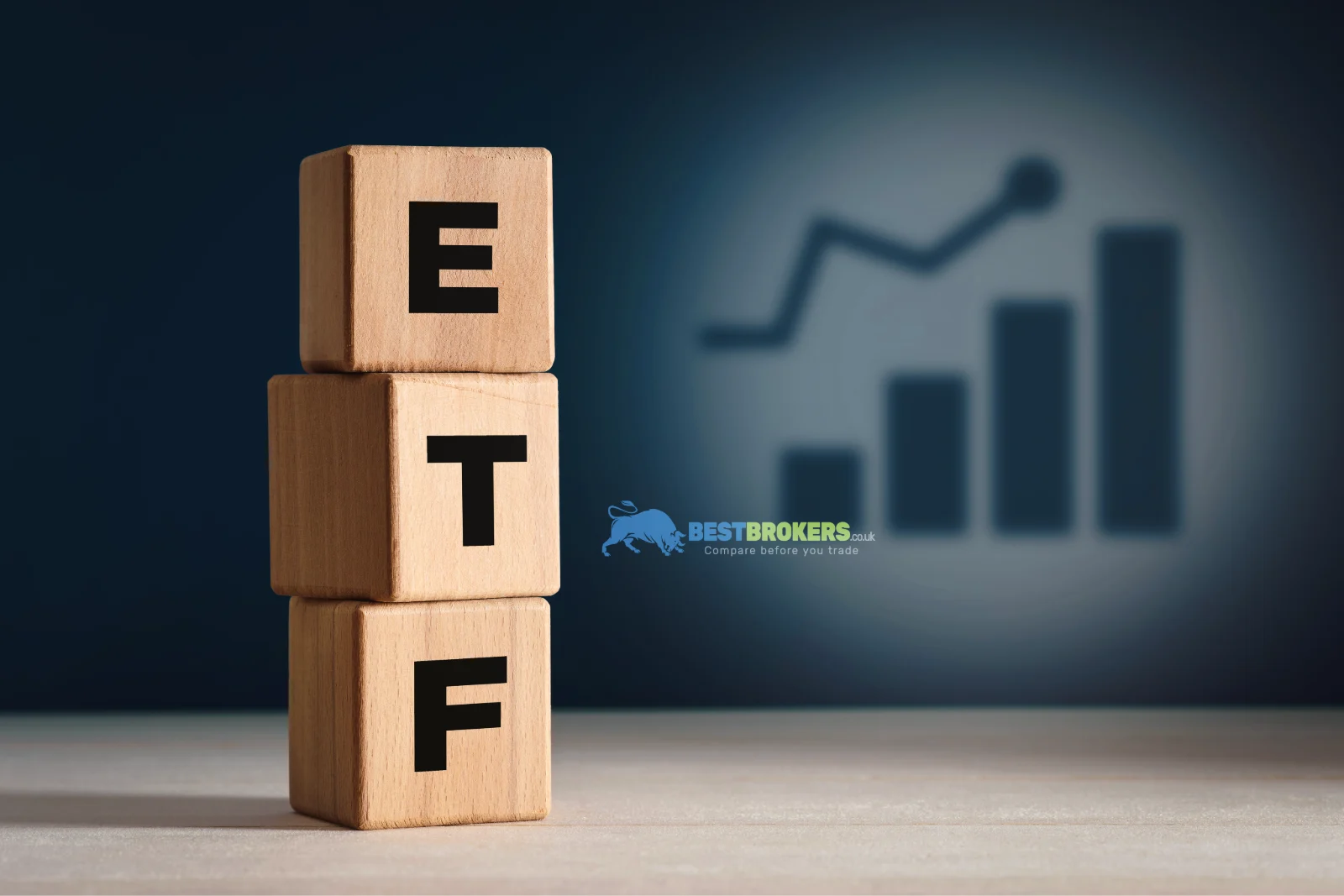« If you don't find a way to make money while you sleep, you will work until you die. »
This quote from legendary investor Warren Buffett perfectly sums up the power of passive income. At a time when inflation continues to erode purchasing power and markets remain highly volatile, more and more investors are seeking ways to generate regular cash flow without having to commit time every day.
In finance and crypto, passive income refers to earnings that flow in even while you sleep – once the strategy or investment is set up. Unlike traditional employment or freelancing, it doesn't rely on directly trading time for money.
In this article, we explore 5 proven and accessible strategies to build passive income – from traditional financial approaches to crypto opportunities. Whether you're just getting started or already an experienced investor, you'll discover concrete ways to make your money work for you.
#1 – Invest in dividend stocks

Dividend-paying stocks distribute part of a company’s profits to shareholders, often quarterly. It’s one of the simplest and most popular ways to generate passive income, providing a steady stream of returns without having to sell your shares.
To build a strong dividend portfolio, focus on companies with a reliable track record of payouts, stable business models, and sustainable growth. A yield between 3% and 6% is usually considered healthy. Defensive sectors like healthcare, telecom, or utilities tend to be good candidates as they are less sensitive to economic cycles.
Smart strategies such as investing in Dividend Aristocrats (companies that have raised dividends for 25+ years) or setting up a DRIP (Dividend Reinvestment Plan) can help compound your returns over time.
Read also: 5 Golden Rules to Achieve Financial Independence.
#2 – Generate passive income with high-yield ETFs

ETFs (Exchange-Traded Funds) allow you to invest in diversified portfolios with lower fees and minimal effort. If your goal is regular passive income, certain ETFs are specifically designed to deliver this – from dividend-focused funds to bond ETFs and real estate investment trusts (REITs).
Why choose ETFs for steady passive income?
- ✅ Diversification: spread your risk across sectors and companies.
- ✅ Simplicity: one purchase gives access to a full portfolio.
- ✅ Passive yield: earn dividends or bond coupons regularly.
- ✅ Accessibility: traded like stocks, often with lower fees than active funds.
Examples of high-yield ETFs include dividend-focused ETFs like Vanguard High Dividend Yield (VYM) and iShares Select Dividend (DVY); bond ETFs such as iShares iBoxx High Yield Corporate Bond (HYG) and Vanguard Total Bond Market (BND); and REIT ETFs like Realty Income ETF (O) and Vanguard Real Estate ETF (VNQ). Yields often range between 3% and 6% annually depending on market conditions.
High-yield ETFs are ideal for building passive and stable returns. Conservative investors may prefer bond ETFs, while those seeking higher returns might go for dividend stocks or REITs.
Also read: Top brokers to invest in ETFs
#3 – Crypto staking and yield farming

Your crypto can work for you too. Staking and yield farming are two of the most popular ways to generate passive income in the blockchain space – allowing holders to earn regular rewards while helping secure decentralised networks.
Staking: earn rewards for securing the network
Staking means locking your crypto in a blockchain using Proof of Stake (PoS) – like Ethereum, Solana, or Cardano. In return, you receive interest-like rewards proportional to the amount staked. It’s generally a lower-risk strategy when done via reputable platforms such as Bitpanda or eToro.
Yield farming: maximise returns via decentralised finance (DeFi)
Yield farming involves lending crypto to liquidity pools on DeFi protocols like Curve, Aave, or PancakeSwap. In exchange, you earn interest and sometimes platform-native tokens, which can significantly boost your returns – though with added risk.
Risks and rewards: what to consider
Staking is generally more stable, while yield farming carries greater risk due to market volatility and impermanent loss (where asset prices diverge inside a liquidity pool).
Before you invest, make sure to:
- ✅ Check platform reputation and security.
- ✅ Diversify to reduce exposure.
- ✅ Be aware of fees and lock-up periods.
In short, staking is ideal for earning steady crypto income, while yield farming offers higher potential rewards with greater risk. Choose according to your risk profile and financial goals.
#4 – Crypto lending platforms
Crypto lending involves loaning your digital assets via platforms such as Aave, Compound, or Nexo in exchange for passive interest – often between 4% and 12%, depending on the asset and platform.
Your funds are borrowed by other users who provide collateral. The whole process is managed by secure smart contracts, ensuring trustless and automated execution. Some platforms also offer deposit insurance or require overcollateralisation to reduce risk.
This type of investing is a modern alternative to low-yield savings accounts. While the returns are higher than a UK savings account, you must remain vigilant regarding platform reliability and crypto volatility. These opportunities can be lucrative, but they’re not without their risks.
Read also: Top 5 Profitable Strategies for Cryptocurrency Trading
#5 – Fractional property investing with small amounts
Fractional property investing lets you access real estate income with a small budget – sometimes as little as £50 – via platforms such as Lofty AI. You receive rental income proportional to your share, without the hassle of mortgages or property management.
This approach is perfect if you want to diversify into real estate without buying an entire property. You avoid landlord responsibilities like tenant search, maintenance, or admin tasks. It’s fully digital, accessible, and passive.
Compared to traditional buy-to-let or REITs, fractional property platforms offer greater flexibility and lower entry costs. They often rely on blockchain, making the process more transparent and liquid. Some UK users have reported returns of 8% to 10% gross annually, versus 4% to 6% from traditional property funds.
Note: These platforms are less regulated, and risk is higher than mainstream property investments – always do your due diligence before investing.
Conclusion: Build smart, sustainable passive income
In an age of economic uncertainty, building passive income is no longer optional – it’s a path to financial freedom.
Whether through high-yield ETFs, crypto staking, REITs, or peer-to-peer lending, there are realistic, accessible ways to grow your wealth without constant effort.
These 5 strategies aren’t “get rich quick” schemes. They require understanding, risk management, and a bit of patience. But they share a common goal: let your money work for you – not the other way around.
Start small, experiment, learn, and diversify. The first step today could build the lasting wealth you need to face tomorrow’s challenges – and move closer to financial independence.








